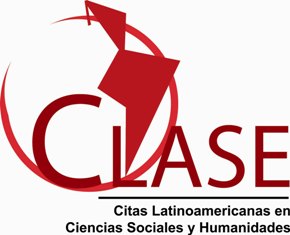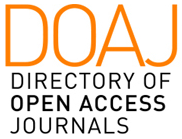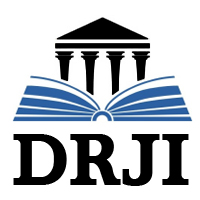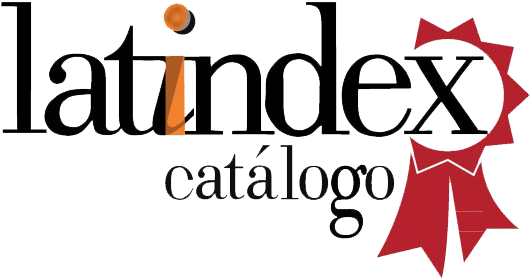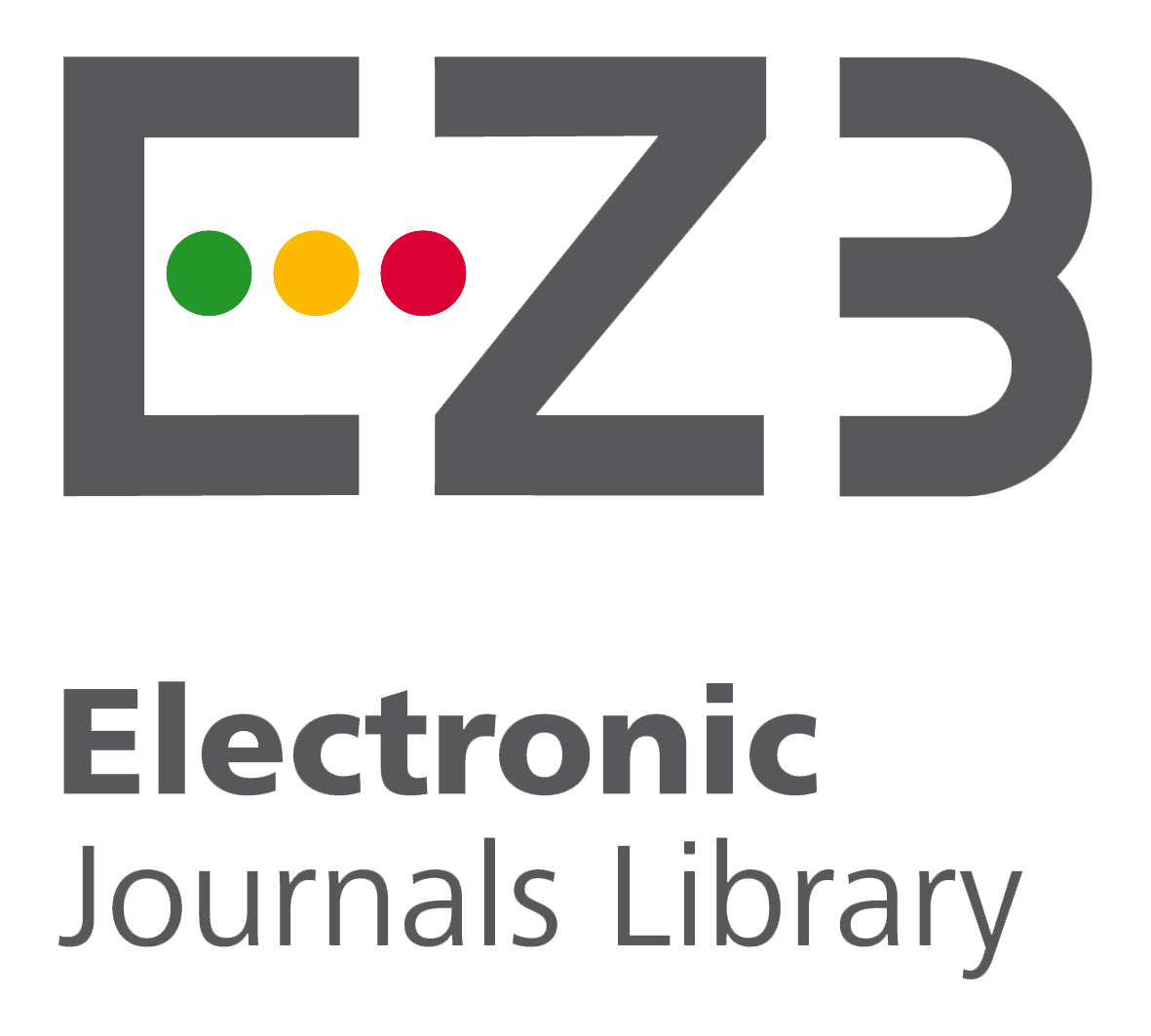Methodology to define the egress attributes of the Electronic Engineering Program (Original).
Keywords:
egress attributes; accreditation; educational program; educational quality.Abstract
The objective of the work was to build the attributes of graduation of the educational program of the career of Electronic Engineering in the National Technological of Mexico Campus Minatitlan as part of the requirements for the achievement of the reaccreditation by the Council of Accreditation of The Teaching of Engineering, A.C. (CACEI) in December 2022 or February 2023, as scheduled by CACEI. It focuses on defining the attributes, analysis of the thematic contents of the subjects, graduation profile and attributions of the accreditation body, Understanding these as a set of evaluable results that indicate the potencial of the graduate in relation to the competence of the professional practice. The research is based on a quantitative and qualitative approach, with a level of descriptive research. As a result, 7 egress attributes were constructed in which their contribution to each subject related to these attributes was analyzed and the results indicate that they contribute to the "average" assessment level with 44.28%, at the "introductory" level with 29.71% and at the "high" level with 16.85%, it was also found that most specialty subjects contribute more to the high level in attributes. What is shared here shows the impact and value of taking a look inside professional educational programs to evaluate them and measure educational quality, especially if this quality is evaluated by an accreditation body.
Downloads
References
CACEI. (2021). Mejora continua orientada por resultados de aprendizaje. Pautas para la aplicación del Marco de Referencia 2018 del CACEI.
González, D. E. E., Ramírez, A. C., Cruz, J. C. C., & Salazar, P. M. L. (2019). Propuesta para la evaluación de atributos del egresado utilizando nuevas estrategias de enseñanza-aprendizaje. ANFEI Digital, 11, Art. 11. https://anfei.mx/revista/index.php/revista/article/view/574
Méndez, D. E. M. (1996). La acreditación de carreras universitarias. Una tendencia actual en la formación de profesionales universitarios. Perfiles Educativos, 16.
Pérez-Ortiz, H. (2021). Proceso de mejora continua de programas educativos del Departamento de Electrónica, Sistemas e Informática del ITESO. https://rei.iteso.mx/handle/11117/8234
Rivera Herrera, H. J. (2020). El portafolio de evaluación de aprendizajes y el logro del perfil de egreso de los estudiantes en la carrera profesional de Ingeniería Electrónica de la Universidad Privada de Tacna, 2019. Universidad Privada de Tacna. http://repositorio.upt.edu.pe/handle/20.500.12969/1592
Treviño Cubero, A., García Ancira, C., Martínez Moreno, A. R., Treviño Cubero, A., García Ancira, C., & Martínez Moreno, A. R. (2019). Estrategia para la Acreditación del programa Ingeniero en Mecatrónica, en la Universidad Autónoma de Nuevo León. Revista Cubana de Educación Superior, 38(1). http://scielo.sld.cu/scielo.php?script=sci_abstract&pid=S0257-43142019000100008&lng=es&nrm=iso&tlng=en
Vargas (2018.). Estudio de pertinencia de un programa de calidad.pdf. Recuperado 8 de noviembre de 2022, de http://www.cta.cuc.udg.mx/publicaciones/Estudio%20de%20pertinencia%20de%20un%20programa%20de%20calidad.pdf















